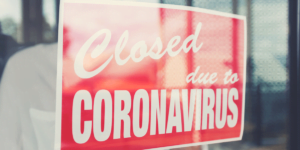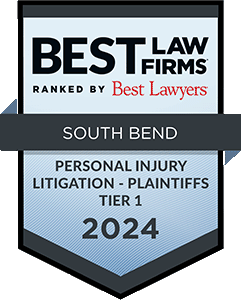Law isn’t one size fits all. The many areas of law concentrate on different types of client needs. Clients who run afoul of the law require the services of criminal lawyers. A family law attorney best handles marital troubles and custody battles, while living trusts and wills required the attention of a probate attorney. But, clients injured in accidents or as a result of someone else’s negligence need to see a personal injury lawyer.
The Law of Accidents
Personal injury law is used to settle cases between an injured person and those who may be responsible for that injury. The disputes are settled either inside the court or out of it. The resulting penalty is monetary and can be quite substantial depending on the circumstances of the case. Deciding fault and awarding damages, or a monetary penalty, can be very complicated—the injured person isn’t always innocent, but the person causing the injury could also bear some fault. That is why the system has several parts and basic rules for determining who is essentially responsible for the injury.
The Players
There are two sides to every personal injury case—the plaintiff who is the injured person or people and the defendant who is allegedly responsible for the injury. Each side is represented by attorneys. More than one may be present, especially in cases where a large amount of money is at stake. The plaintiff has the duty to prove that the defendant was negligent or knew of the danger, but acted despite them to eventually cause the accident. The plaintiff is also the one who initiates action or files the lawsuit.
The Problems
Personal injury laws covers everything from product malfunctions to medical malpractice, workers compensation and slip and fall incidents. Firms like Pfeifer, Morgan, and Stesiak specialize in these cases and nothing else. Doing so allows them to give the clients the best of research and expertise, maximizing the plaintiff’s odds of a favorable judgment.
Proof
Unlike criminal cases, the government cannot file a civil case or lawsuit. The defendant has a duty to refute or disprove the plaintiff’s case. Also unlike criminal cases, there is no reasonable doubt. The plaintiff only has to prove that the defendant is more than 50% responsible for the accident. This is called a preponderance of the evidence.
Resolution
The personal injury cases don’t always make it to a court trial. They are often settled outside the courtroom in a procedure called an informal settlement. Through meeting between the attorneys, defendant and plaintiff, the responsibility for the injury as well as the punishment or damages is agreed upon. Arbitration and mediation exist to help when the negotiations stall. Once an agreement is reached, it is binding and usually prevents the plaintiff from trying to bring the case to trial in the future.
Personal injury law is a way to seek justice when someone else’s negligence causes you injury. Without it, the only solution would be criminal law where cases are often left untried because the defendant can’t be proven guilty without a reasonable doubt. If you slip on an unsalted private walkway, the homeowner is not punished in criminal court, because he didn’t directly and intentionally cause you to fall. In personal injury law, however, he just may be responsible, because he neglected to perform routine maintenance, which includes clearing the walkway.











